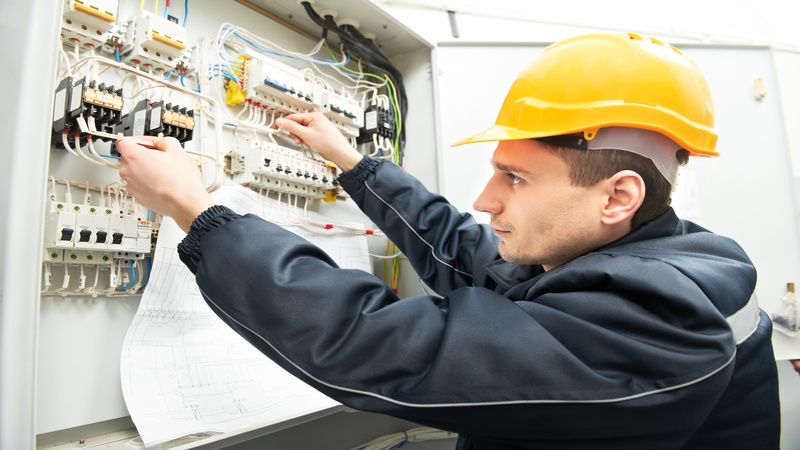A custom cable assembly is used everywhere for a wide range of purposes and serves many customers. These custom cable assemblies can send power, data, or other high-quality signals during their use. In some cases, they can be used to connect life-saving or mission-critical equipment. These cables need to be reliable enough to send signals continuously without breaking. They also need to be strong enough to withstand specific mechanical stresses and tough enough to last in the environment where they will be used.
Custom cable assembly manufacturers must put the products through a series of tough electrical, mechanical, and environmental tests during development. These tests are sometimes called qualification, verification, and validation tests and are meant to show that the product’s overall design meets the end application’s critical design requirements.
Required Tests
Since the primary purpose of a custom cable assembly is to connect two devices electrically, a simple test such as “electrical continuity” is done on almost all custom cables to show that they work. But depending on the use case and the end customer, you may need to do a few more tests. If the cable is used in a medical device or a mil-aero application, it will usually need to pass more than just the electrical continuity test.
When To Perform Tests
Most tests are done at the end of the manufacturing process to show that the cable assembly was made correctly. These tests can be done on all of the cables made or on a set number of cables called the acceptance quality limit. Other tests can be done during manufacturing to show that a certain step was finished.
